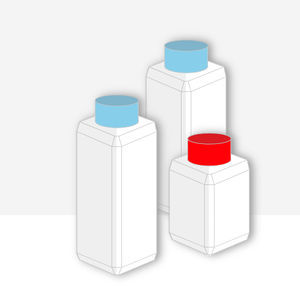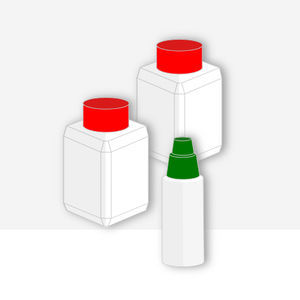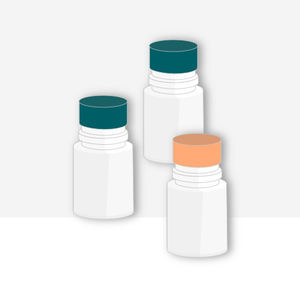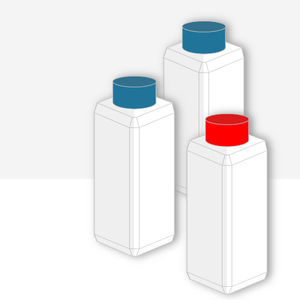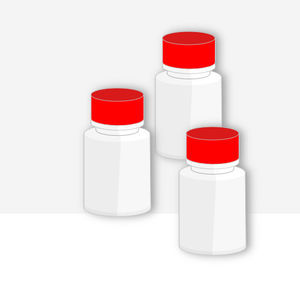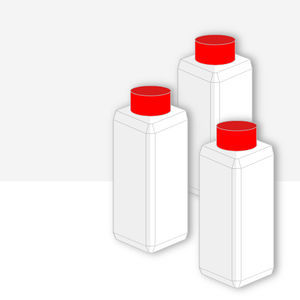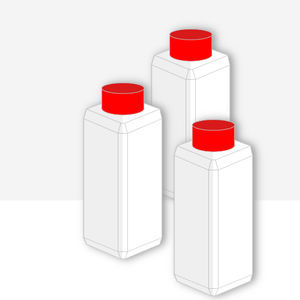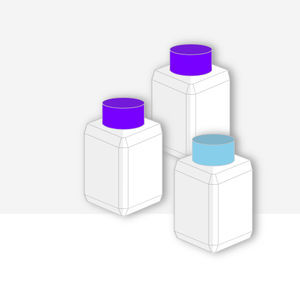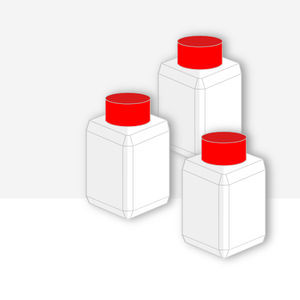
- Laboratory
- Laboratory medicine
- Solution reagent
- Vitro Scient

- Products
- Catalogs
- News & Trends
- Exhibitions
Solution reagent DMSOfor clinical chemistrybilirubin
Add to favorites
Compare this product
fo_shop_gate_exact_title
Characteristics
- Type
- solution
- Applications
- for clinical chemistry
- Tested parameter
- bilirubin
Description
Bilirubin is formed in the reticuloendothelial system during the degradation of aged erythrocytes. The heme portion from hemoglobin and from other-containing proteins is removed, metabolized to bilirubin, and transported as a complex with serum albumin to the liver. This process accounts for about 80% of bilirubin formed daily. Other sources of bilirubin include the breakdown of myoglobin and cytochromes and the catabolism of immature red cells in the bone marrow.
In the liver, bilirubin is conjugated with glucuronic acid for solubilization to form conjugated or direct bilirubin for subsequent transport through the bile duct into the digestive tract where it is metabolized by bacteria to a group of products collectively known as stercobilinogen. Total bilirubin is the sum of the conjugated and unconjugated fractions. Pre-hepatic diseases or conditions such as hemolytic disease or liver diseases resulting in impaired entry, transport or conjugation within the liver cause elevation of unconjugated (indirect) bilirubin. Monitoring of bilirubin in newborns, particularly if premature, has special importance since the hepatic handling of bilirubin is immature leading to elevated unconjugated bilirubin. If not bound to albumin, unconjugated bilirubin is able to cross the blood brain barrier more easily, increasing the risk of cerebral damage.
Exhibitions
Meet this supplier at the following exhibition(s):

Related Searches
- Assay kit
- Solution reagent kit
- Blood assay kit
- Serum assay kit
- Immunoassay assay kit
- Research reagent kit
- Diagnostic reagent kit
- Laboratory reagent kit
- Protein reagent kit
- Enzyme reagent kit
- Histology reagent kit
- Reagent medium reagent kit
- Clinical chemistry reagent
- Antibody
- Clinical chemistry analyzer
- Blood sample reagent kit
- Clinical reagent kit
- IgG test kit
- Tissue reagent kit
- Antibody assay kit
*Prices are pre-tax. They exclude delivery charges and customs duties and do not include additional charges for installation or activation options. Prices are indicative only and may vary by country, with changes to the cost of raw materials and exchange rates.

